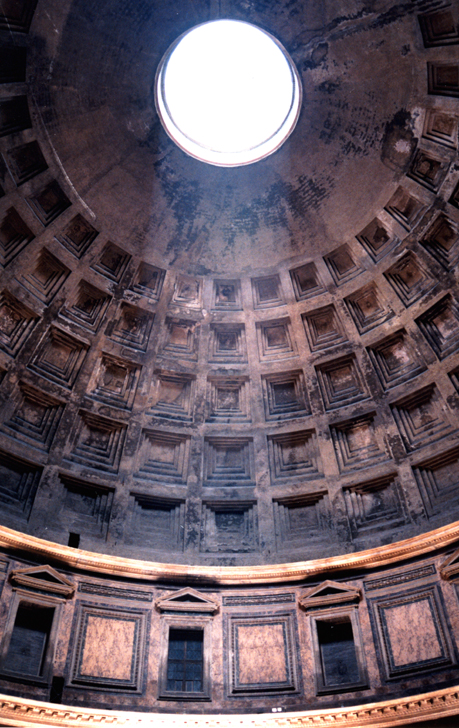
From 500BC to circ. 1300AD, there were two primary divisions within the continuity of the historical storyline of
The Roman era can be divided into two units: the Republic and the Empire. From 500 BC to 44 BC, Rome was ruled by a bureaucratic senatorial system that would set a foundation for later countries during the Post-Enlightenment to follow.
To the Roman Republic, three virtues governed society: pietas (piety), gravitas (seriousness), and constantia (constancy). Based upon these ruling virtues, the
With the installation of Julius Caesar as Consul, the Republic, in all but appearance, died. Though Caesar was assassinated, his legacy of monarchic style rule for the Roman government lived on.
With the death of Marcus Aurilius in 180 AD, the Pax Romana came to an end. Wars and governmental impotence once again began to ravage the empire, crippling army strength and morale of the nation. Barbarians began to flood through the frontier borders, disrupting and destroying the Roman way of life. The Empire divided into east and west. The Eastern Empire, known as the Byzantine Empire would survive well into the 15th century, while the Western Roman Empire collapsed with the onslaught of the barbarian hordes. The end of the great Roman political structure did allow for the blossoming of the Christian culture, as seen in the lives of St. Augustine, St. Ambrose, St. Jerome, etc. With their help,
The Middle Ages saw the growth of the Church as an institution in both religious and temporal power. Popes became the predominant leading and unifying figures of this era. All of Europe was eventually united under the banner of Christendom, though this did not stop the Germanic peoples from fighting among themselves.
A ray of hope came with the Carolingian dynasty, particularly with Charlemagne. He represented a foreshadowing of the forthcoming Renaissance, for he encouraged education, united many under a single religion and nation, and paved the way for decentralized governing with the institutions of counties and provinces. He was crowned holy Roman Emperor on Christmas day, 800 AD.
After his death, Europe once again fell into disorder, with factions fighting each other. With the fighting came a miming of the Roman corruption within the Church, for the clergy began to fall into vise and abuse. It all came to a climax with the Great Schism, in which three men claimed the throne of St. Peter.
Meanwhile, Scholastic work was taking place, particularly with St. Thomas Aquinas. Epic poetry, specifically the Divine Comedy of Dante, was also being written. These artistic and philosophical initiations, as well as the crumbling feudal system led to the next section of history: the age of rebirth and Revolt.
No comments:
Post a Comment